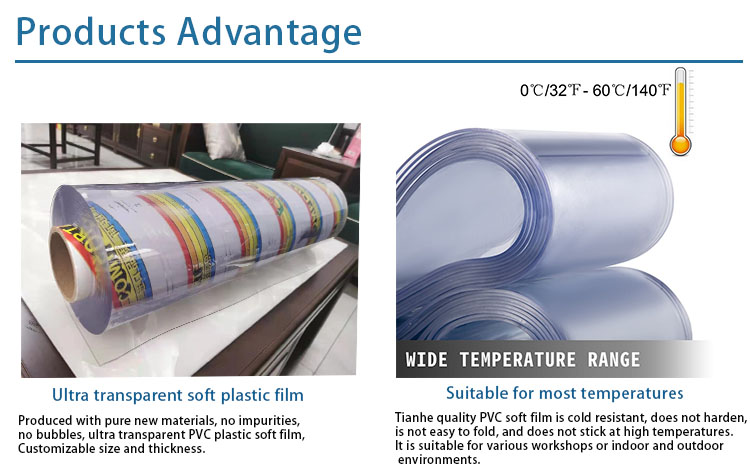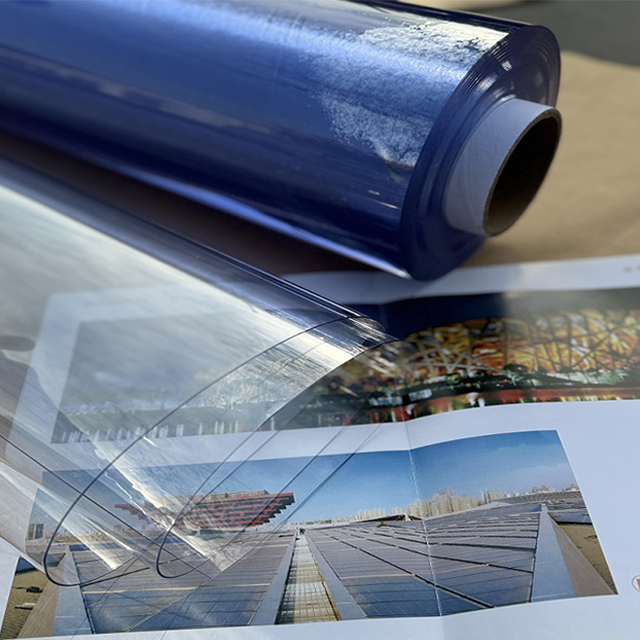Exploring Key Production Processes and Advantages of PVC Membranes
Exploring Key Production Processes and Advantages of PVC Membranes
PVC (polyvinyl chloride) membranes, renowned for their versatility and durability, are manufactured through several distinct production processes, each with its unique characteristics and advantages.
One common process is the calendering process. In this method, PVC resin is mixed with plasticizers, stabilizers, and other additives. The mixture is then passed through a series of heated rollers, which flatten and smooth it into a continuous sheet. The calendering process offers high production efficiency, enabling the rapid production of large quantities of PVC membranes. It also allows for precise control over the thickness and surface finish of the membrane, ensuring consistent quality. Additionally, this process can produce membranes with a wide range of hardness and flexibility, making it suitable for various applications.
Another important process is the extrusion process. Here, the PVC compound is melted and forced through a die to form a membrane. The extrusion process is highly versatile, capable of producing membranes in different shapes and sizes. It is particularly well-suited for manufacturing PVC membranes with complex profiles or special features. Moreover, this process offers good dimensional stability, ensuring that the membranes maintain their shape and size even under varying conditions. It also allows for the incorporation of different additives to enhance the performance of the membrane, such as improving its resistance to chemicals or UV radiation.
The coating process is also widely used in PVC membrane production. In this process, a layer of PVC is applied to a substrate, such as a fabric or paper, using methods like spraying or rolling. The coating process enables the production of PVC membranes with specific properties, such as enhanced strength or water resistance, by choosing the appropriate substrate and coating formulation. It also allows for the creation of membranes with decorative or functional surfaces, such as embossed patterns or anti-slip coatings.
Each of these production processes has its own set of advantages, contributing to the wide range of applications and performance characteristics of PVC membranes. Understanding these processes is crucial for selecting the right PVC membrane for specific needs and for optimizing production to meet quality and efficiency requirements.




